25000 TAGS
Shi Qing: Black Taboo
Location: 25000 Cultural Transmission Center, Beijing
Duration: May 25 – June 15, 2003
Curated by Qiu Zhijie
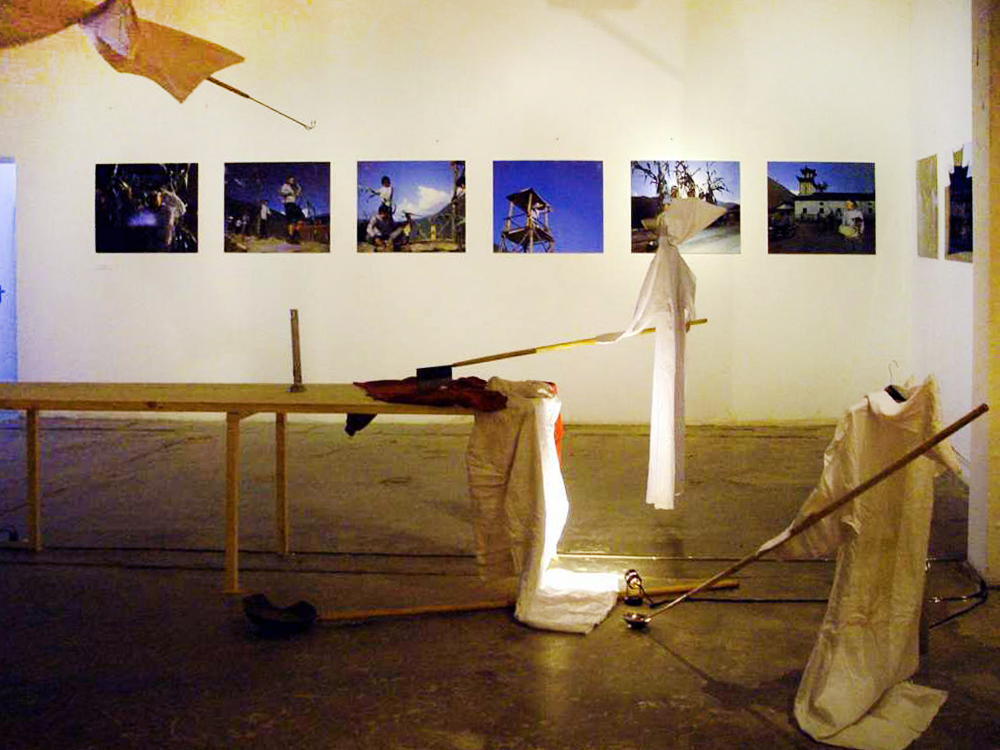
Shi Qing is a new star of contemporary Chinese art. In early 1999, he participated in the first of the Post-Sensibility exhibitions, garnering serious attention. After this, he became known as one of the most avant-garde and experimental artists of the Post-Sensibility movement, and a representative figure of the new media art. His works have been shown at numerous important exhibitions both domestically and abroad. His creative vision spans installation, performance, photography, video, and interactive multi-media art. Shi Qing is particularly apt at integrating and applying different media, creating a complicated effect, which he uses to make rich psychological innuendoes. His style has already begun to be seen as fresh and unique.
For the Long March: A Walking Visual Display, Shi Qing created a massive installation and performance work entitled "The Great Flood", which seriously explored the conflict, integration, and interaction between imported Christianity and the local culture of western China. He turned his understanding of mythology, history, national culture, and the local context into a theatrical narrative, and successfully invited local residents to participate in his performance, building a platform for the collective unconscious. This work proved Shi Qing's ability and cultural insight in integrating great, epic-like narratives into his work, and was not a simple, passive reaction to urban life. Such originality is rarely seen among young Chinese artists.
In his newest photographs, "Lucky Memories" and his video works "Huangjiaoping," "Moxi County," and "Zhoukoudian" (place names), Shi Qing uncovers the connections between hidden cultural memories and personal experiences, and explores the illusory feeling they give daily life. Besides these works, Black Taboos will also include a major installation. Its materials come from the props used in the performances mentioned above, and its structure destroys the border between medium and work. We hope to show the viewer a process of metamorphosis rooted in unstable psychological suggestions.
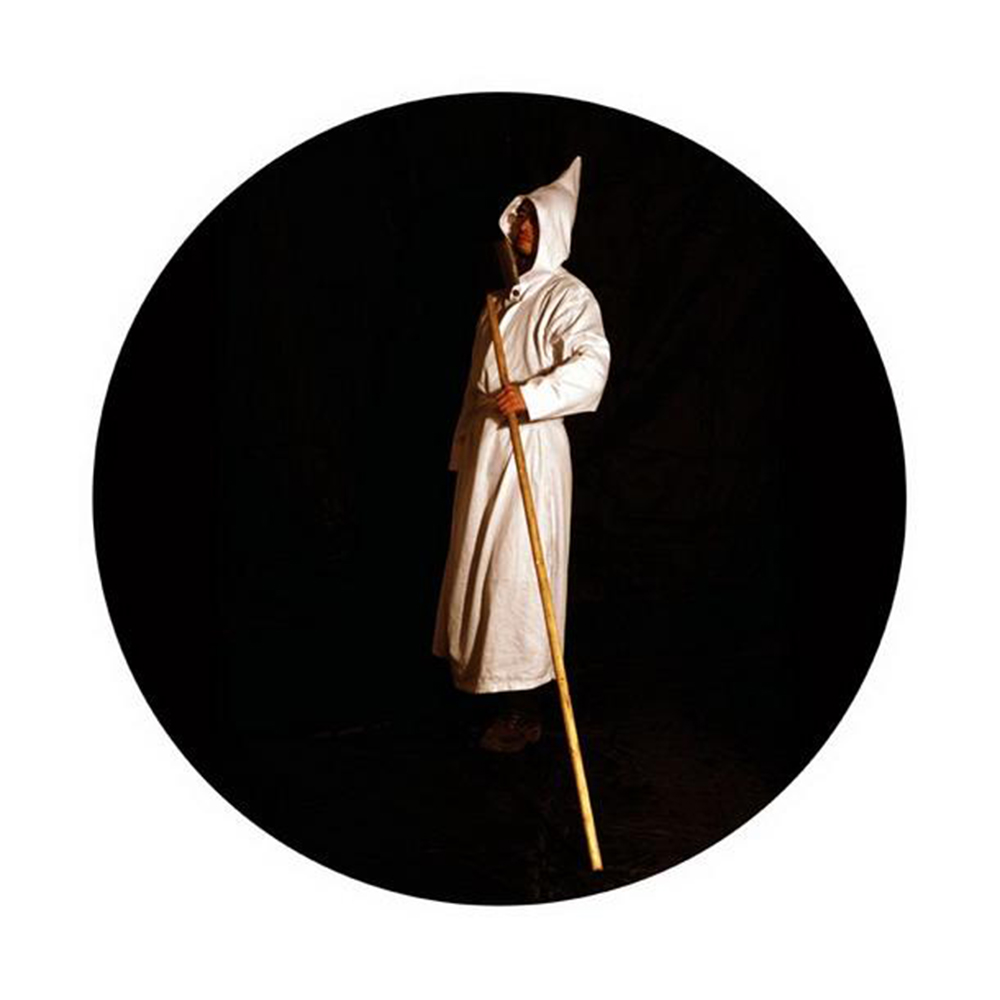
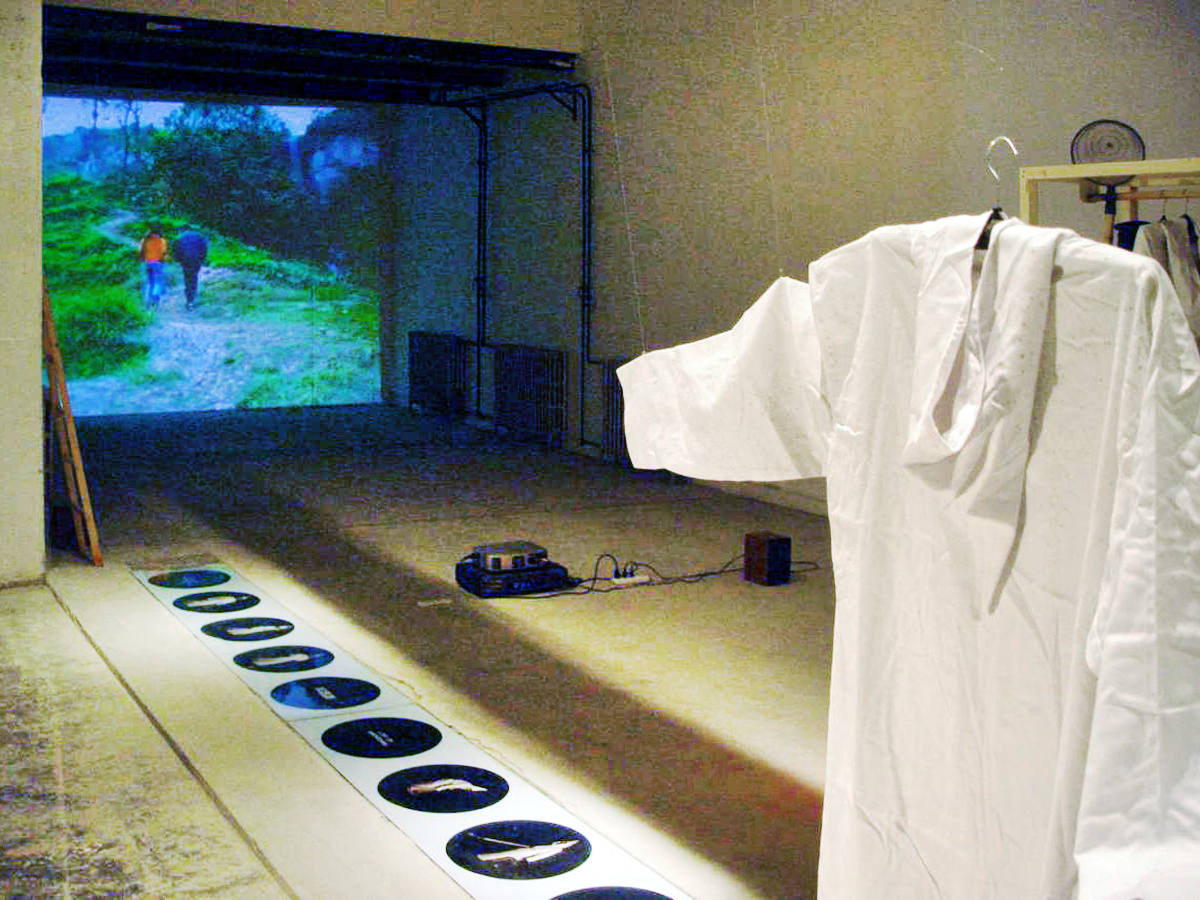
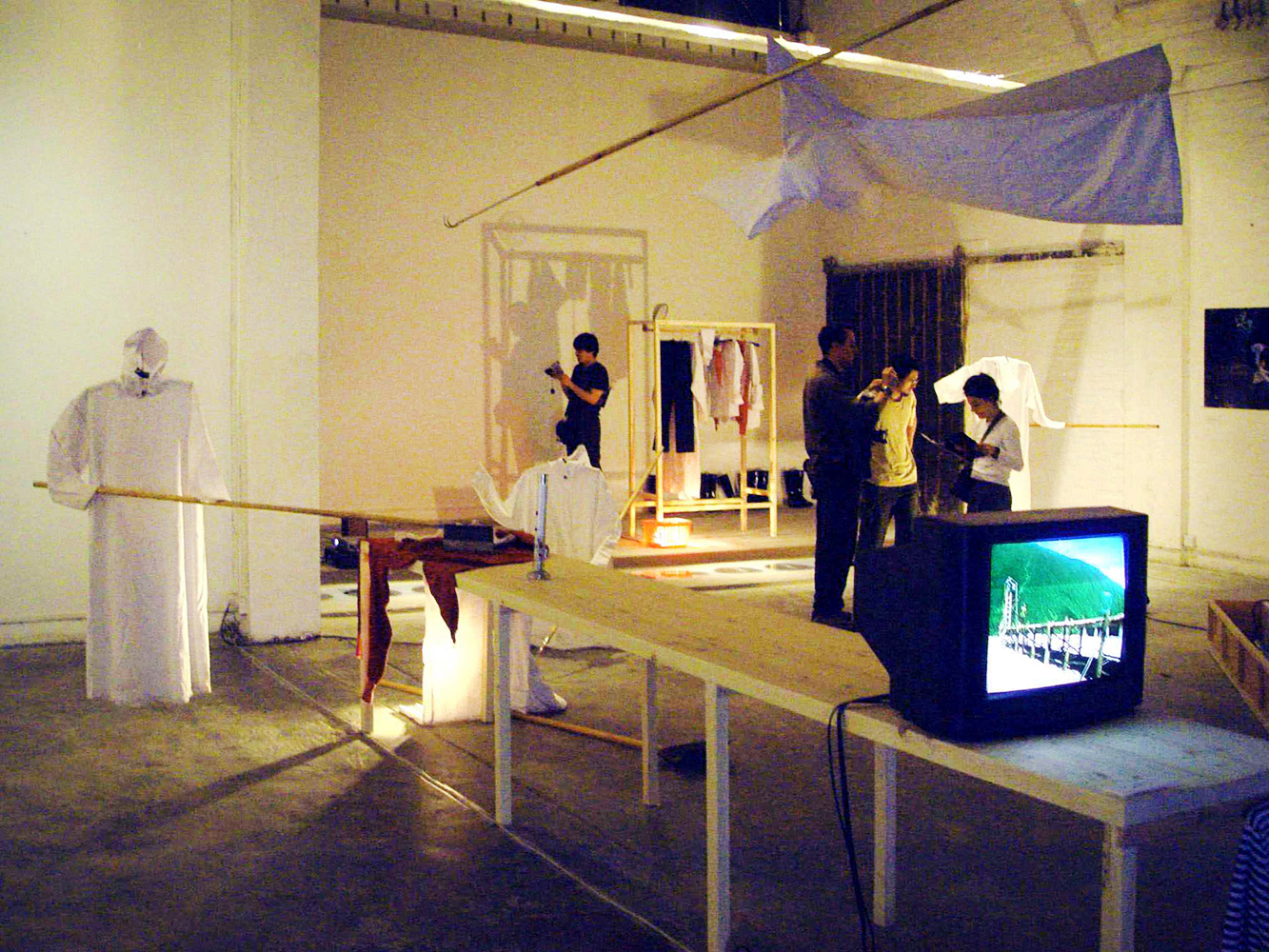
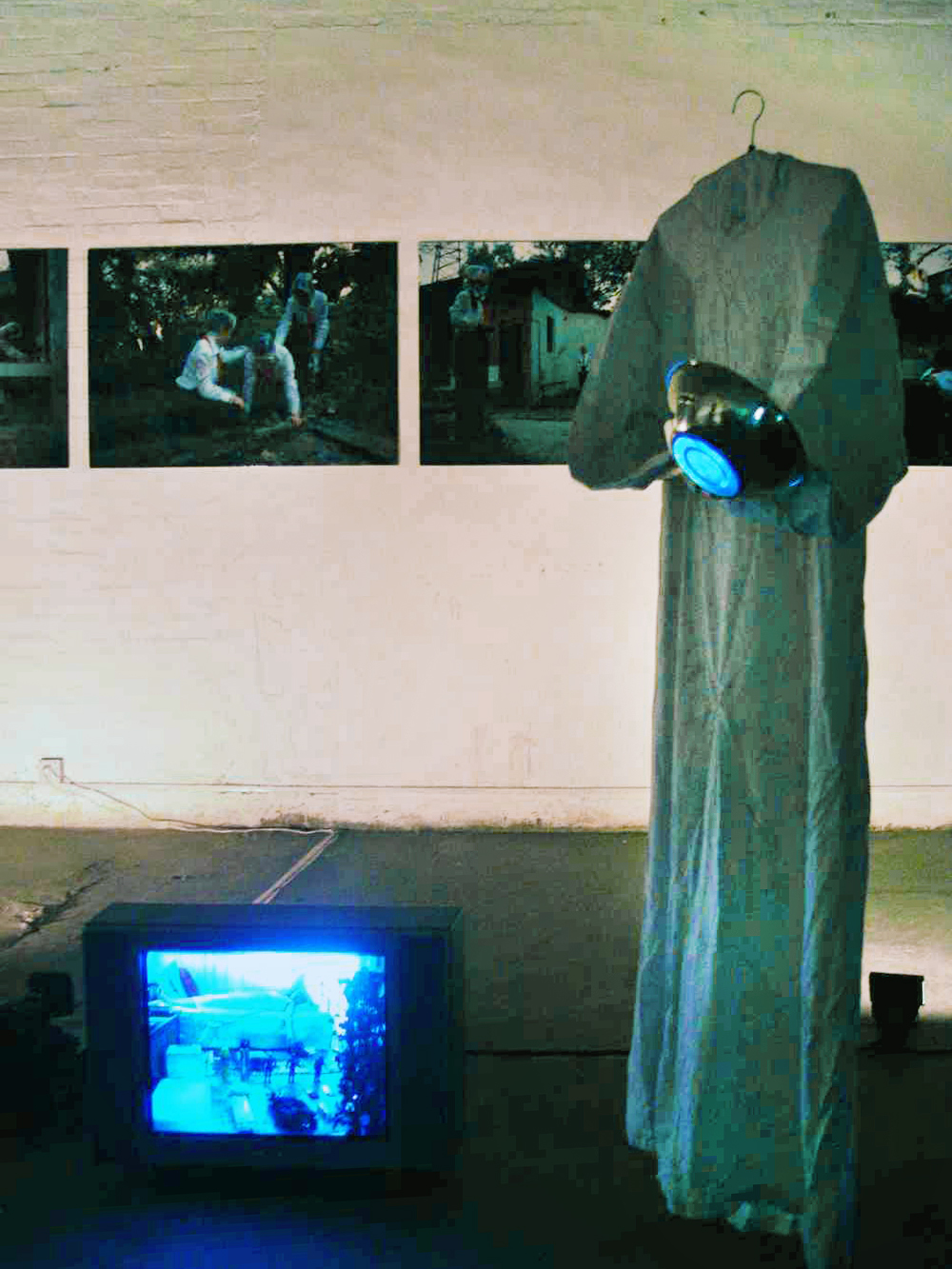

Shi Qing is a new star of contemporary Chinese art. In early 1999, he participated in the first of the Post-Sensibility exhibitions, garnering serious attention. After this, he became known as one of the most avant-garde and experimental artists of the Post-Sensibility movement, and a representative figure of the new media art. His works have been shown at numerous important exhibitions both domestically and abroad. His creative vision spans installation, performance, photography, video, and interactive multi-media art. Shi Qing is particularly apt at integrating and applying different media, creating a complicated effect, which he uses to make rich psychological innuendoes. His style has already begun to be seen as fresh and unique.
For the Long March: A Walking Visual Display, Shi Qing created a massive installation and performance work entitled "The Great Flood", which seriously explored the conflict, integration, and interaction between imported Christianity and the local culture of western China. He turned his understanding of mythology, history, national culture, and the local context into a theatrical narrative, and successfully invited local residents to participate in his performance, building a platform for the collective unconscious. This work proved Shi Qing's ability and cultural insight in integrating great, epic-like narratives into his work, and was not a simple, passive reaction to urban life. Such originality is rarely seen among young Chinese artists.
In his newest photographs, "Lucky Memories" and his video works "Huangjiaoping," "Moxi County," and "Zhoukoudian" (place names), Shi Qing uncovers the connections between hidden cultural memories and personal experiences, and explores the illusory feeling they give daily life. Besides these works, Black Taboos will also include a major installation. Its materials come from the props used in the performances mentioned above, and its structure destroys the border between medium and work. We hope to show the viewer a process of metamorphosis rooted in unstable psychological suggestions.






